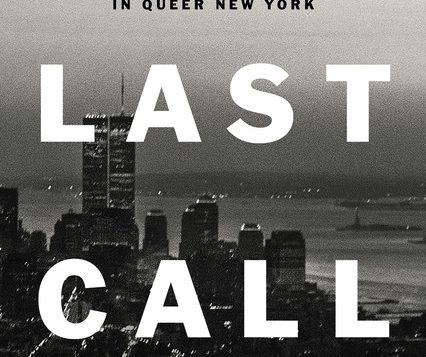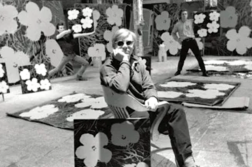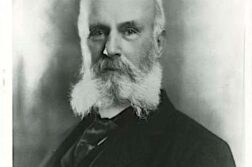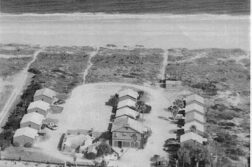 LAST CALL
LAST CALL
A True Story of Love, Lust, and Murder in Queer New York
by Elon Green
Celadon Books. 255 pages, $27.
THE MYSTERY of the serial murders whose perpetrator came to be known as the Last Call Killer began when a maintenance man was cleaning up a rest area on the Pennsylvania Turnpike one spring afternoon in 1991, and he discovered in one of the garbage bags a freckled piece of human flesh. A year later, in July 1992, two employees of the New Jersey Department of Transportation picking up the garbage at a rest area on Route 70 found a human head. Hours later, on the Garden State Parkway, two workers discovered more body parts at another rest area. In May of 1993, a man spotted a human arm beside a dirt road in Whiting, New Jersey. In July of the same year a man who had parked his food truck at an overlook along the Hudson River in Haverstraw, New York, discovered a human head. More remains were found further up the Hudson near Bear Mountain. In all of these cases, the bodies were sometimes surgically dismembered and sometimes simply sawed apart, though this seemed to have nothing to do with sadism. It was done for convenience, the cops concluded, as the fastest means of disposing of an inconvenient corpse. Eventually the police in all these jurisdictions realized that they had a serial killer on their hands.
The first man whose body was cut up and put in the trash was Peter Anderson, a businessman from Philadelphia. The second was Thomas Mulcahy, from Sudbury, Massachusetts. Both men were married, in the closet, and patrons of a piano bar in New York City called the Townhouse. The third victim was a hustler named Anthony Marrero, the fourth, Michael Sakara, a fixture at another piano bar in the Village called Five Oaks.
Elon Green’s main motive for writing Last Call, according to an on-line interview he gave to Michael Bronski for the Boston Public Library, was to restore some individuality to these otherwise forgotten victims. In his epilogue, Green cites a novel by Thornton Wilder called The Bridge of San Luis Rey as one of the models for this book. Wilder’s novel asks: Why were the people who plunged to their deaths on the bridge when it collapsed? Wilder’s novel is a meditation on fate, or destiny, of the will of God; Green’s is more an investigation into the lives of four men who simply ran into Mister Wrong. But the real achievement of this book is the portraits of the men who were murdered—because, like accidents or natural disasters, crime always exposes subsets of society that we might otherwise have missed.
In telling the story of these killings, Green has created a social history of a certain swath of American society—gay lives, yes, but universal as well.
Andrew Holleran is the author of the novels Dancer from the Dance, Nights in Aruba, The Beauty of Men, andGrief.







